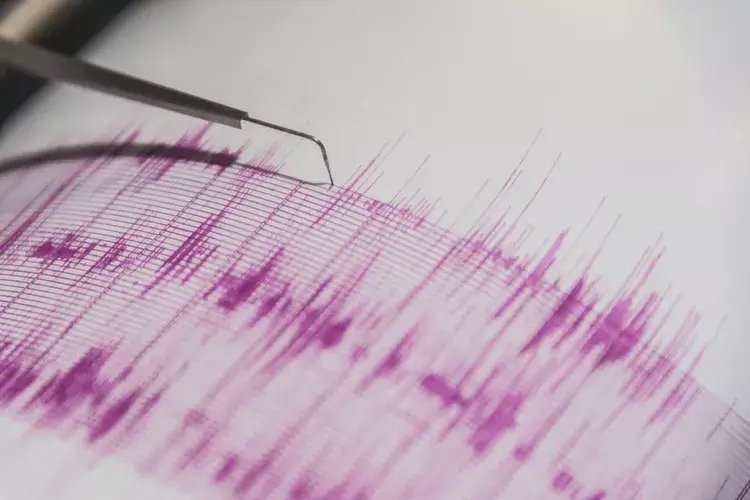San Francisco’s 2025 Retrofit Ordinance establishes the Concrete Building Screening Program, bringing the city a step closer to finding out how many buildings are not seismically sound.

Building upon its existing soft-story retrofit program, the city is taking inventory of concrete buildings—ones that are inflexible or lack steel reinforcements. Meanwhile, housing providers may be eligible for seismic retrofit grants through the Brace + Bolt Retrofit program.
![]()
After the inferno caused by the 1906 earthquake, many San Franciscans abandoned wood-frame construction and preferred to rebuild with concrete. These buildings are less prone to burning down, but they’re more prone to cracking and collapsing during a major earthquake.
The city’s best guess is that 3,400 concrete buildings could be at risk, yet this isn’t a scientific number. To know for sure, the city wants to speak to building owners and do proper inspections.
The ordinance includes:
-
An inventory assessment to identify vulnerable buildings.
-
Establishing consistent seismic retrofit criteria for these buildings.
-
Requiring owners to fill out building information sheets and consult with a structural engineer to evaluate the building.
-
Providing incentives for building owners to voluntarily complete seismic upgrading, with an exemption from any mandatory retrofit requirements for 20 years after the effective date of the ordinance
Importantly, the ordinance does not mandate seismic retrofits to concrete buildings. Yet these provisions may become the basis of a mandatory ordinance like previous ordinances on unreinforced masonry bearing wall (UMB) buildings and soft story buildings.
In its April 16, 2025, meeting, however, the Building Inspection Commission notes that in contrast to other building types covered by previous ordinances, the retrofit of multi-story concrete buildings is more extensive and can require substantially more money compared to the previous seismic ordinances enacted.
This expense doesn’t escape the chief architects of the ordinance, Supervisors Myrna Melgar and Rafael Mandelman. “What type of city resources might we be able to provide for property homeowners who may not have a ton of money ?” Mandelman muses. He floats the idea of no-interest or low-interest loans, but concedes that now is not the time to solve that problem on the city budget side, and not a good time for private property owners to fork over the large expenditures either.
This novel idea of infusing property owners with loans reminds us of what we said during the height of the COVID pandemic. With California home to so many billionaires – many of them in the tech capital of the Bay Area – we thought that a private sector pool of wealth and interest-free loans would have gone a long way toward helping cash-strapped tenants pay their rent and get landlords' cash flowing again. Unfortunately, we didn’t hear back from the ultra-rich.
Other repairs worth making in the interim
A mandatory retrofit of certain concrete buildings seems far-flung in the future. There is quite a bit to consider before then, including careful weighing of financial considerations and incentives, outreach to property owners, programs for temporary relocation of tenants, and a streamlined process that will take many months or years to develop. This is a multi-phased initiative still in its infancy.
More pressingly, housing providers should address plumbing issues, ensure stairs, railings, and balconies are safe, exterminate vermin, fix broken windows or doors that affect security or weather protection, and perform other mundane maintenance and repairs. Claiming that the landlord did not maintain the premises in a habitable condition is a common tactic for tenants to withhold rent, defend against an eviction action, repair and deduct, call code enforcement, or claim constructive eviction.
Rental housing providers can now apply for grant funding to help cover the cost of seismic retrofits.
To wrap up this topic, landlords with the wherewithal to take on a seismic retrofit may be eligible for up to $3,000 per home. 2025 marks the first time rental properties can tap into this pool of funds. Previously, grants were available only to owner-occupied homes. Interested owners can apply for assistance on the Earthquake Brace + Bolt website.
